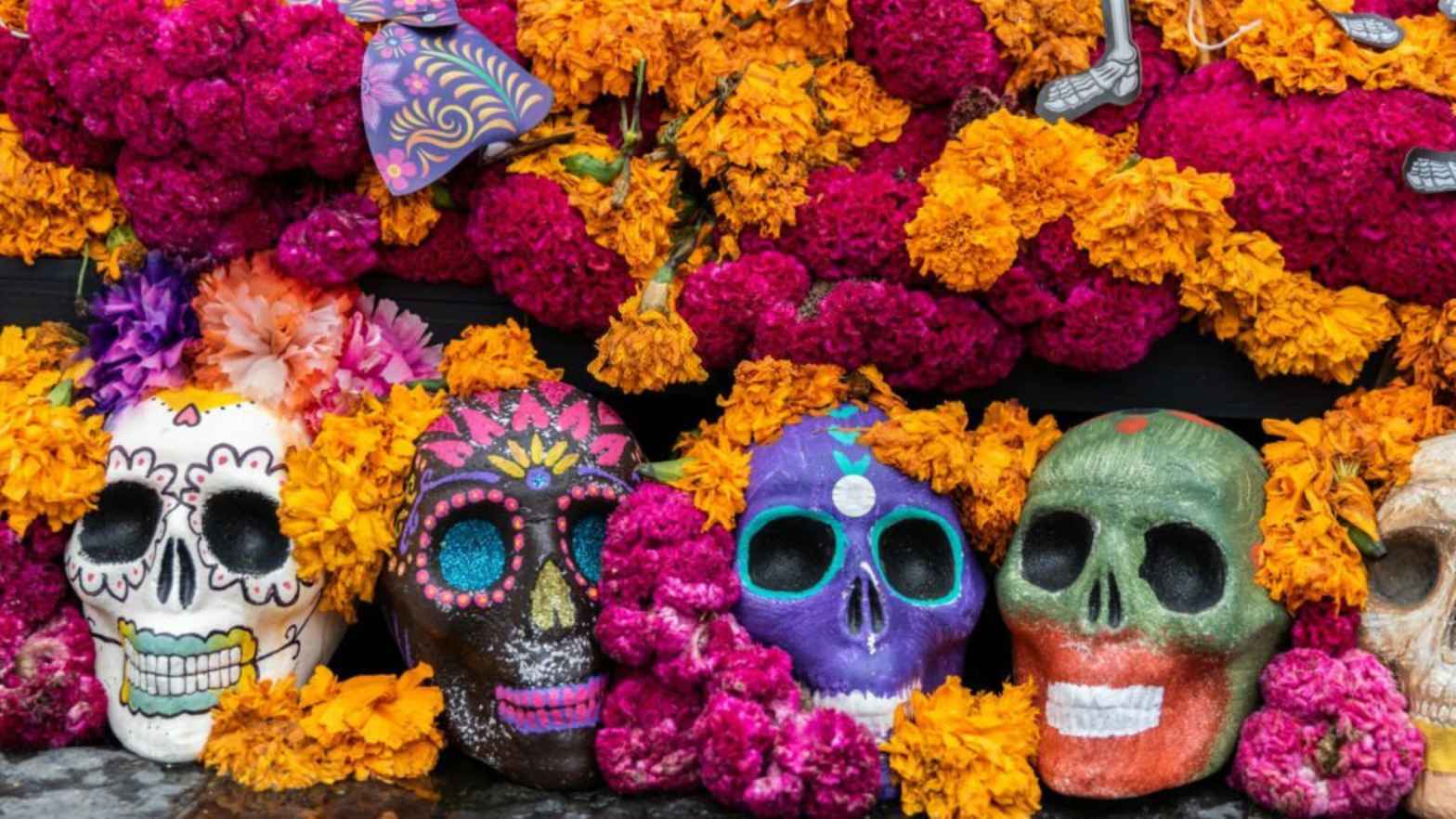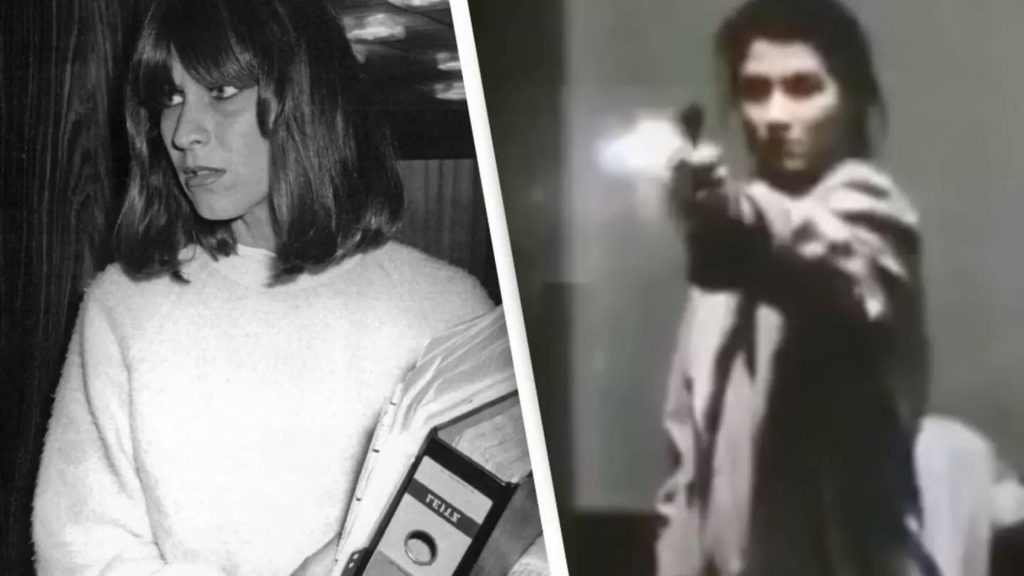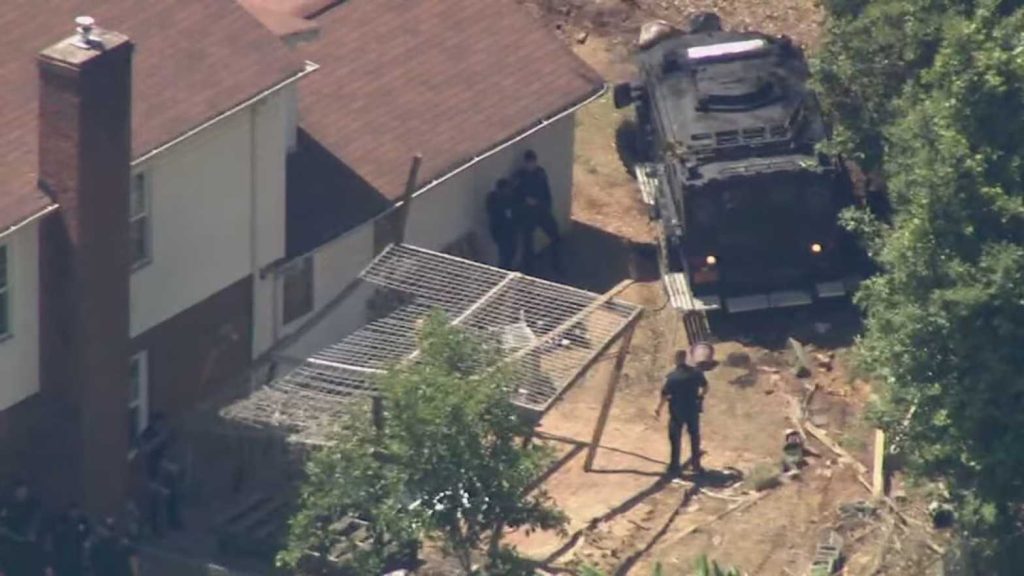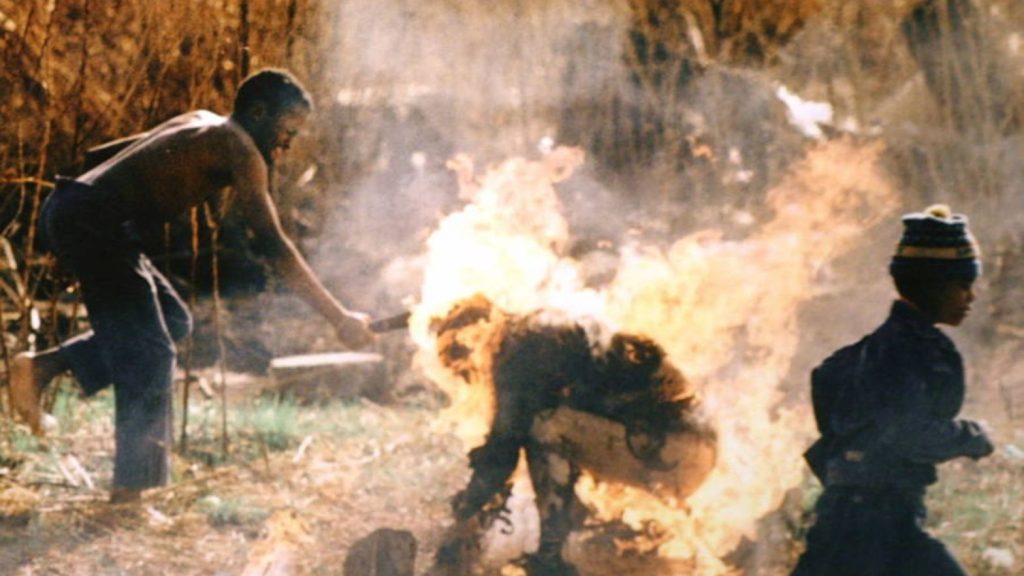
Day of the Dead in Texas
Day of the Dead, or Día de los Muertos, is a vibrant and culturally rich Mexican holiday traditionally celebrated on November 1st and 2nd. It is a 2-day holiday reuniting the living and the dead, where the departed souls are believed to hear our prayers, smell the food, and join in the celebrations through the offerings of their favorite food and drinks.
Contrary to popular belief, Day of the Dead is not Mexican Halloween. The two holidays are separate, and most people of Latin America do not decorate their houses with spiders and bats or wear scary costumes.
Today, Day of the Dead is a widely celebrated holiday all over the world, and its public celebrations in the United States have relatively recent origins. For 250 years, the Day of the Dead celebrations in Spanish/Mexican Borderland communities were private and modest.
Even one hundred years ago, the Day of the Dead was a private affair, usually celebrated by faithful families wishing to remember their loved ones. However, as social media introduced this Indigenous celebration to global audiences, more U.S. cities with large Latino populations have added Day of the Dead celebrations to their annual cultural events calendars.
Local community groups incorporate adaptations of this cultural legacy to reflect links to Indigenous roots as well as contemporary experiences. Texas, with its significant Mexican and Latino population, is home to several vibrant and unique Day of the Dead celebrations. Here are some of the notable ones:
- San Antonio: The city of San Antonio hosts a variety of Day of the Dead events, including the Day of the Dead River Parade, which takes place on the San Antonio River Walk. The parade features barges unveiling unique figures or cultural symbols associated with the Day of the Dead, providing a fascinating exploration of the history, intriguing facts, and captivating legends surrounding the holiday. The city also offers a Day of the Dead festival with music, food, and joy as the village comes alive, providing free family fun with face painting, Altar kit workshops, and painting workshops.
- Austin: The Mexic-Arte Museum in Austin hosts the Viva La Vida Fest, the longest Day of the Dead festival in the city. The festival features a Grand Procession, a parade showing very elaborate Día de los Muertos costumes, as well as live music, local art, and retail vendors.
- Corpus Christi: The city of Corpus Christi holds a Dia de los Muertos Street Festival, which is an explosion of culture that perfectly embodies the core of the city’s soul. The festival brings the streets of Corpus Christi to life with music, food, and festivities, celebrating the rich traditions of Day of the Dead.
- Dallas-Fort Worth: The Dallas-Fort Worth area offers various Day of the Dead celebrations, including a parade featuring La Calavera Catrina, a traditional Día de los Muertos figure, and events at the Bath House Cultural Center, Denton, and Oak Cliff, where visitors can immerse themselves in the culture with music, dance, and a Day of the Dead market.
- East Texas: The Michelson Museum of Art in Marshall hosts an annual Day of the Dead celebration, featuring a traditional Day of the Dead altar, Pan de Muertos, and a Catrina costume contest. The event offers free family fun with music, food, and festivities.
These are just a few examples of the many Day of the Dead celebrations that take place in Texas. The holiday’s unique traditions, such as the ofrendas (altars), Calaveras (skulls), and the style influenced by La Catrina, have become an integral part of the state’s cultural fabric, reflecting the deep and rich heritage of its Mexican and Latino communities.
November 1, 2023

















